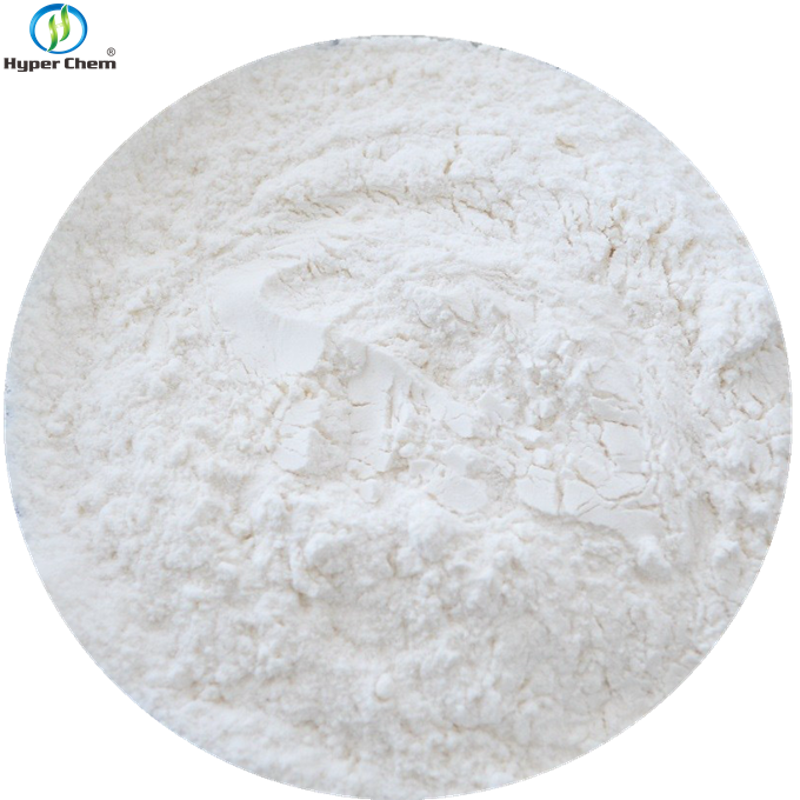-
Categories
-
Pharmaceutical Intermediates
-
Active Pharmaceutical Ingredients
-
Food Additives
- Industrial Coatings
- Agrochemicals
- Dyes and Pigments
- Surfactant
- Flavors and Fragrances
- Chemical Reagents
- Catalyst and Auxiliary
- Natural Products
- Inorganic Chemistry
-
Organic Chemistry
-
Biochemical Engineering
- Analytical Chemistry
-
Cosmetic Ingredient
- Water Treatment Chemical
-
Pharmaceutical Intermediates
Promotion
ECHEMI Mall
Wholesale
Weekly Price
Exhibition
News
-
Trade Service
Innovative point: Su Bin's research group of the Department of Chemistry of Zhejiang University studied the spatial regulation mechanism of oxygen metabolism in the brain through the combined analysis method of electrochemistry-physiological-behavioral measurement (EPE), and found that there is a brain/brain region interaction in oxygen metabolism in the brain under the action of caffeine.
This interaction affects mouse behavior and causes nerve damage
.
Key words: Electroencephalology, physiology, behavior, spatial regulation of oxygen metabolism
Figure 1.
Schematic diagram
of the combined electrochemical measurement-physiological measurement-behavioral measurement analysis method (EPE).
Neurological activity and brain diseases can cause changes in the level of oxygen metabolism in the brain, so measuring the level of oxygen metabolism in the brain can be studied to study neuroscience issues
such as neural activity, neurodegenerative diseases, and the relationship between neural activity and energy metabolism or animal behavior.
At present, mainstream brain oxygen measurement technologies, including blood oxygen-dependent-magnetic resonance imaging and positron tomography, can image whole brain function by measuring the level of brain oxygen metabolism, and have been widely used
in brain disease diagnosis and brain function research.
However, limited by spatiotemporal resolution, these two techniques cannot meet the measurement
of cerebral oxygen metabolism in submillimeter and micrometer brain tissue.
The measurement of the level of brain oxygen metabolism in micro-brain structures is of great significance
for exploring the molecular mechanism of the interaction between different brain regions at the level of energy metabolism and a deeper understanding of the relationship between energy metabolism and brain function.
In response to the above problems, Su Bin's research group of the Department of Chemistry of Zhejiang University proposed an EPE analysis method (Figure 1), which measures brain oxygen in mice with self-developed anti-pollution carbon fiber microelectrodes, simultaneously monitors the changes of respiratory rate, heart rate and blood oxygen saturation of mice with a neck clip-on physiology, records other involuntary physiological responses with a camera, and uses behavioral experiments to study the changes in
brain function of mice under different levels of brain oxygen metabolism 。 Physiological and behavioral information contributes to the fine interpretation and resolution of brain oxygen electrochemical signals, so the research team studied the interaction mechanism of different brain regions in brain oxygen metabolism in mice, and the effect of
interaction mechanism on mouse behavior and brain nerve function.
The results were published in Advanced Science, with Xuan Zhou and Xinru Li, doctoral students in the Department of Chemistry of Zhejiang University, as co-first authors and Professor Bin Su as the corresponding author
.
The work was helped
by Professor Liu Qingjun and Associate Professor Chen Xing from the School of Biomedical Engineering and Instrument Science, Zhejiang University.
Figure 2.
(a) Schematic diagram of the structure of the implantable brain oximetry microelectrode; (b) Schematic diagram of the spatial regulation process of cerebral oxygen metabolism; (c) Photograph of
mice carrying wireless electroneurochemical measuring devices.
The research team first designed and prepared an implantable brain oxygen measurement microelectrode with excellent electrochemical performance, anti-biofouling performance and biocompatibility for the measurement of brain oxygen (Figure 2a).
The high sensitivity and selectivity of the electrode enable continuous and stable measurement of brain oxygen levels
in the mouse brain.
Then, the electrode was used as the brain oxygen measurement electrode, and the interaction mechanism
between the primary sensory cortex, primary motor cortex, hippocampus and striatum of mice under the action of caffeine was studied by EPE analysis.
The findings suggest that after high doses of caffeine injections, the changes in oxygen metabolism levels in the four brain regions are uneven, non-independent, and follow the "hierarchy rule" and "distance rule", that is, there is spatial regulation (Figure 2b).
The spatial regulation of cerebral oxygen metabolism will cause uneven distribution of cerebral oxygen in these four brain regions, resulting in abnormal changes in mouse behavior, mainly manifested as inhibition of motor and perception ability and memory first decreased and then enhanced
.
Finally, the research team developed a wireless electroneurochemical measurement device (Figure 2C) that can measure brain oxygen in active mice, which has the advantages of flexibility, high integration and miniaturization, and can be fixed on the back of mice, which can meet the synchronous measurement
of mouse brain oxygen level and behavior.
Using this device, the research team studied the effect of spatial regulation of brain oxygen metabolism on brain function in mice, and the results showed that the regulatory process caused neuronal apoptosis and brain region function decline
.
WILEY
Paper Information:
Spatial Regulation Control of Oxygen Metabolic Consumption in Mouse Brain
Lin Zhou, Xinru Li, Bin Su*
Advanced Science
DOI: 10.
1002/advs.
202204468
Click "Read Original" in the lower left corner to view the original paper
.
Advanced
Science
Introduction to the journal
Advanced Science is a high-quality open source journal founded by Wiley in 2014, publishing innovative achievements and cutting-edge progress
in various fields such as materials science, physical chemistry, biomedicine, and engineering.
In an effort to maximize the dissemination of scientific research to the public, all articles are freely available
.
Included in Medline, available on PubMed
.
The latest impact factor is 17.
521, and the 2021 SCI journal of the Chinese Academy of Sciences is divided into Q1 area of material science category and Q1 area
of engineering technology category.
AdvancedScienceNews
Wiley's official WeChat platform for scientific research information
Long press the QR code to follow us
Share cutting-edge information | focus on scientific research trends
To publish research news or apply for information sharing, please contact: ASNChina@Wiley.
com







